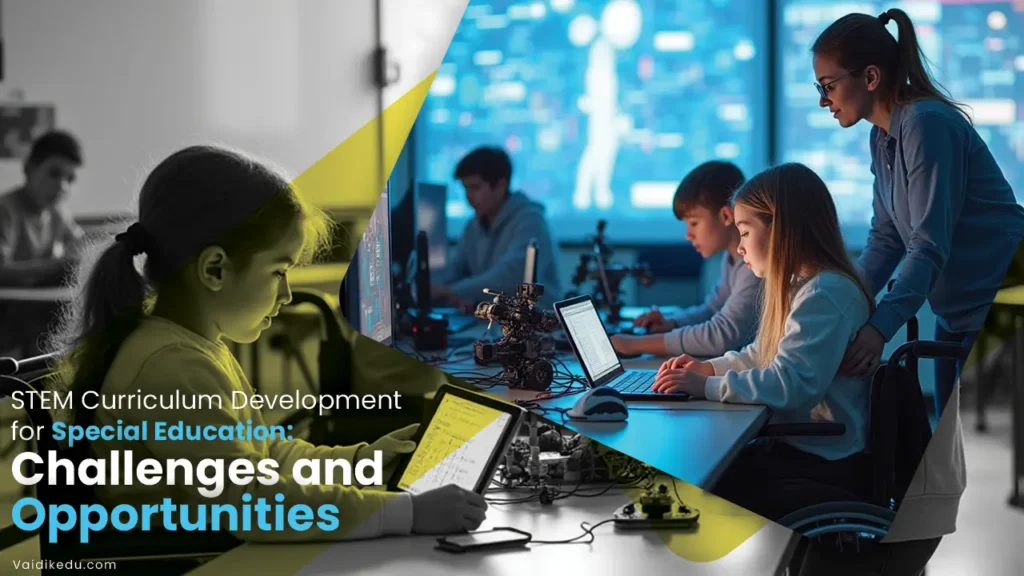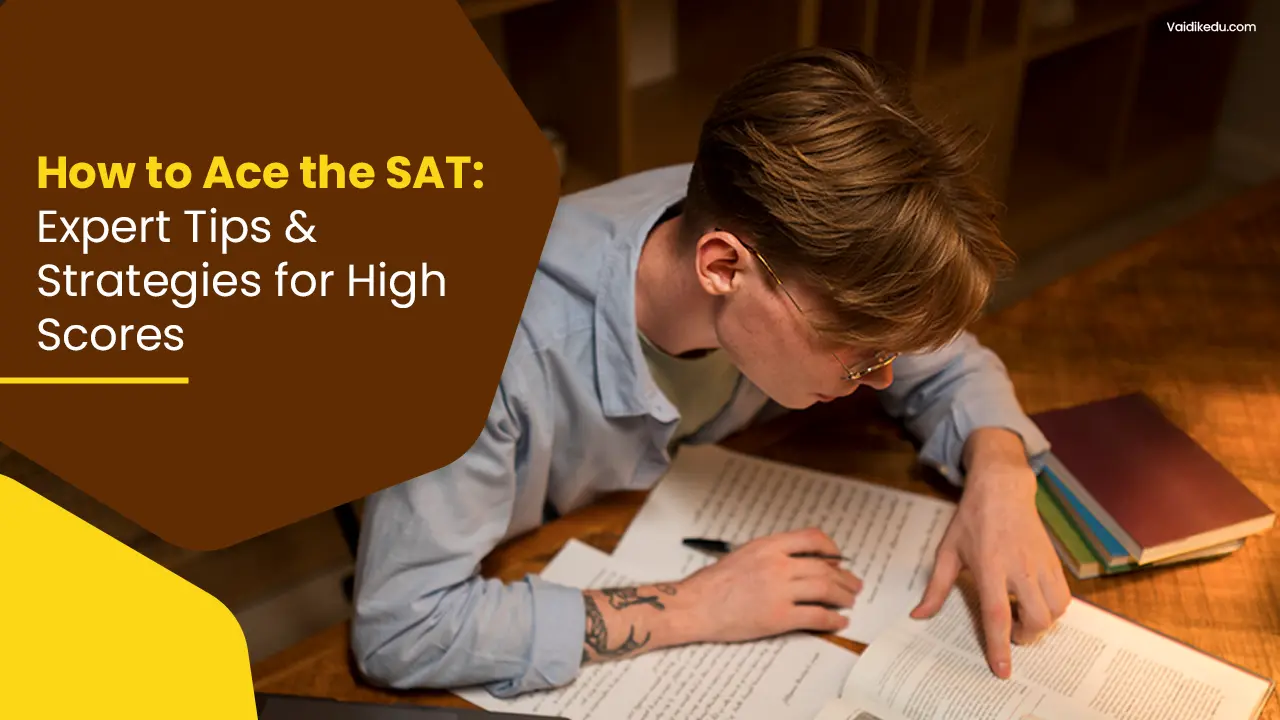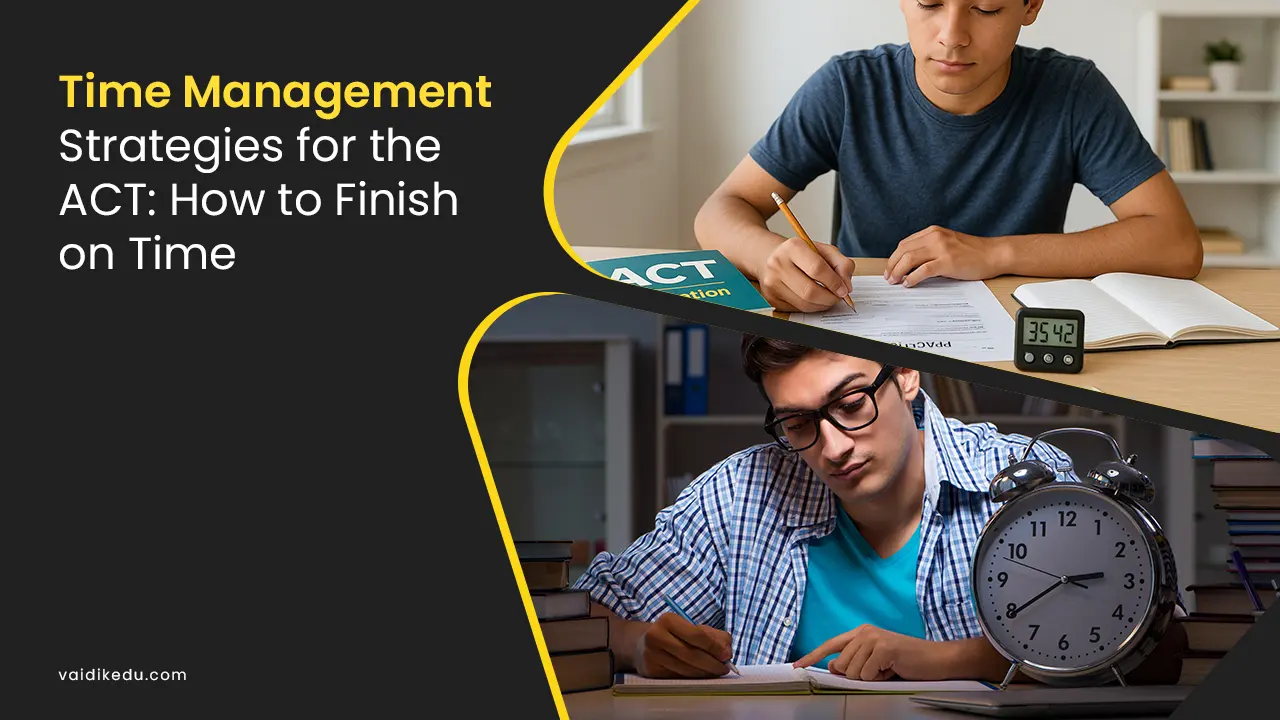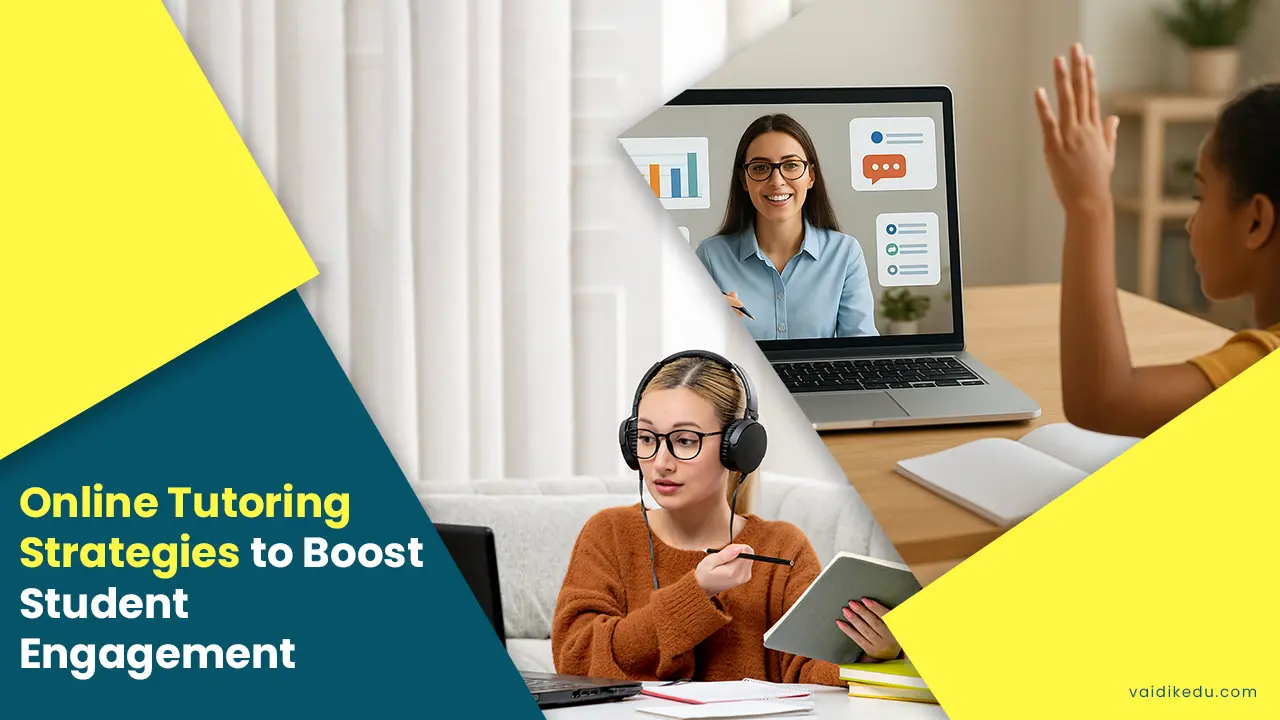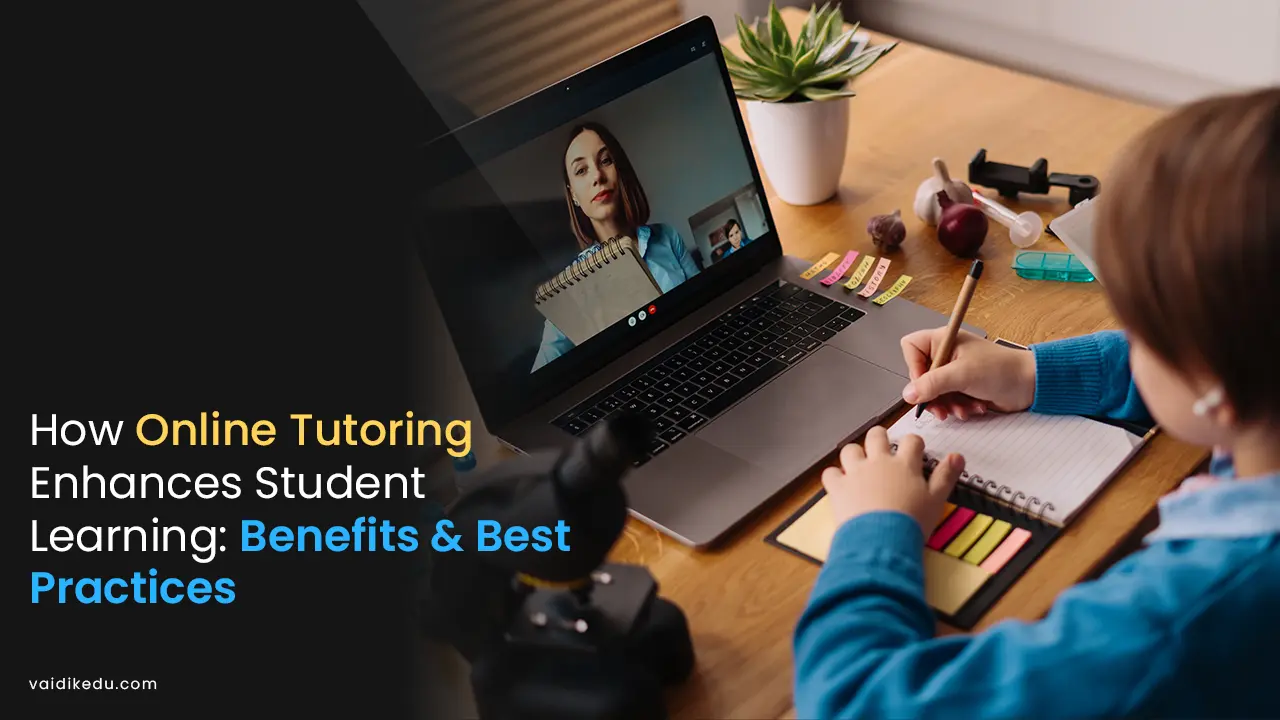STEM stands for Science, Technology, Engineering and Mathematics. It has become an effective foundation for the new educational system, especially in the technological field.
It helps with critical thinking skills, enhances the problem-solving abilities of students, and gives practical knowledge about the science stream. STEM roots innovative ideas in the young minds fostering creative technological ideas that can apply to real life.
The incorporation of STEM in special education shows the expansion of STEM. However, for special students, this is met with many challenges and big opportunities. It is important to address those issues and the ongoing and innovative opportunities awaiting for the students in special education.
This blog gives a sneak peek into the world of STEM in special education.
Challenges in STEM Curriculum:
Accessibility:
Accessibility is one of the issues that comes first in this curriculum. This may vary from person to person depending on the type of disabilities of the students. Some of the accessibility issues for students with different kinds of disabilities include:
i) Physical Obstacle: Students who are physically challenged cannot physically equip themselves with technological instruments and equipment.
ii) Sensory Obstacles: Students with visual and hearing impairments require external tools for seeing objects and hearing the lecture. Both visual representation and audio materials are required for the STEM curriculum. Special students have to suffer a lot of these basic requirements are not met.
iii) Learning Difficulties: Students who lack critical-thinking skills and have difficulties in learning should be provided with simple and easy-to-read notes. More visual aids must be incorporated into this.
iv) Communication Difficulties: Students who have disabilities with communication will encounter problems with articulate skills and they will not be able to speak their ideas well.
Different Learning Requirements: Students in special education require different learning methods and equipment for enhancing learning. Individualized learning methods must be incorporated.
Depending on the needs of the students such as for students with learning difficulties must be provided with easy assignments and the materials have to be readable with the least number of jargon. The learning environment should meet the requirements of special students.
Restricted Resources And Teachers’ Training: The education depends on the one who teaches the students. They are an integral part of the success of special education. The educator requires specialized training to teach the students.
They need to be familiar with the tools and techniques used by the special students and should be able to understand the particular needs of the students based on their disability. If the educators do not come up with the requirements.
Limited Assessments And Evaluation: The usual assessment methods like hand-written tests, practical exams, and viva will not help assess students in special education. In STEM, a lot of practical exams and hands-on experiments are required to evaluate the ability of the students in technology.
However, the students in special education cannot be effectively evaluated with this method. To evaluate them different portfolios and project-based assessments are required. It is important to introduce new tools and ways to assess the students in special education.
Social Barriers And Communication Restrictions: Most of the students in STEM who have disabilities encounter communication issues and they are mostly afraid to join STEM as social acceptance and skill management may not match with the requirements of STEM.
It is important to introduce certain measurements to make them feel comfortable. Their visual, audio, and oratory skills can be enhanced if the STEM curriculum includes the basic requirements of the special students in STEM.
Opportunities in STEM Curriculum:
1. Technology Development: Students who are handicapped in hearing require new technologies like sensors, and hearing equipment. Tools like screen readers or text-to-speech software would be helpful for students in special education. For example, 3D printing is useful for students with visual defects.
2. Universal Design For Learning (UDL): it is a principle that designs curricula in ways that include every type of learner and are also accessible to special students. There are different tools and methods designed to be reachable to the learners.
For example, simulation can be a tool for somebody who needs an aid for something visual. Speech-to-text software for those for whom reading and writing is difficult or audio software in case someone lacks hearing..
3. Cooperation With Specialists: Students in special education can benefit from collaborating with various specialists in the educational system such as functional therapists and speech therapists.
Promoting cooperation and peer-to-peer assistance through cooperative learning techniques, group projects, and peer tutoring. Actively including families in the educational process and giving them the tools and encouragement they need to help their children move into STEM fields is known as family involvement.
4. Soft Skills At First : STEM education can be used to increase skills like teamwork, communication, and critical thinking, which benefit all students, especially those in special education, to be more employable and independent.
Peer mentoring and group projects are two other ways that Inclusive learning settings can support students’ social skills and collaboration. Students can benefit from one another by improving their strengths and creating a sense of community when diverse teams are assigned.
5. STEM education gives kids with disabilities the chance to acquire new critical skills outside the classroom such as:
Critical Thinking And Problem-Solving: Taking part in activities that involve problem-solving and inquiry-based learning.
Collaboration and communication include working well in groups, expressing concepts intelligibly, and presenting results.
Exploring novel concepts, coming up with solutions, and thinking creatively and innovatively are all examples of creativity and innovation.
Gaining expertise in using technological tools and resources for communication and study is known as digital literacy.
Conclusion:
Developing effective STEM curricula for special education requires a multi-dimensional approach that emphasizes the challenges unique to the situation. and uses the inherent opportunities.
Focusing on accessibility, differentiation, teacher training, collaboration, and assessment in the authentic format can form a strong basis for the curriculum and educators can create inclusive and engaging learning experiences that empower students with disabilities to reach their full potential in STEM fields.
Frequently Asked Questions
Accessibility of the materials is the major difficulty encountered by the students in special education
By adapting to the new technologies and methods, use different software that are useful for the students.
To give instructors the information and abilities they need to successfully teach STEM to kids with a range of needs, specialized training is essential.
A coherent and encouraging learning environment is ensured by cooperation between families, relevant services, and general and special educators.
STEM helps the students to develop life-skills such as problem-solving skills which is essential for the special students to cope with the real life issues. STEM roots to produce self-confidence among the students who are in the special category. Technologies can provide help to the students to access STEM education with ease.
Collaboration between educators, specialists etc, which will provide a positive impact on the learners, training teachers to effectively teach special students, good funding for the enhancement of STEM education within the special children etc.



